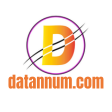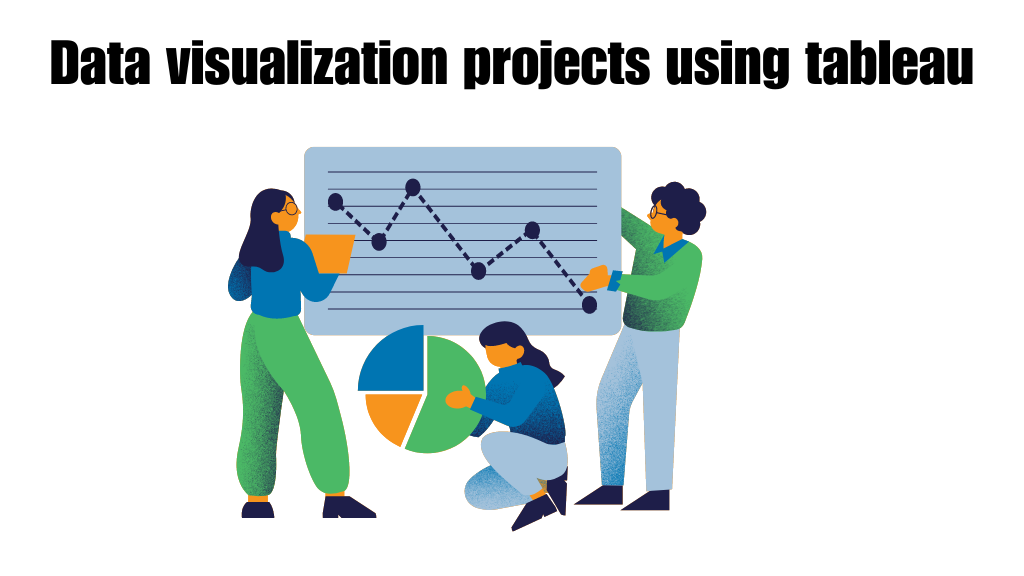the ability to transform complex data into meaningful insights is crucial for informed decision-making. Tableau, a powerful data visualization tool, has revolutionized this process by enabling users to create interactive and visually appealing dashboards that uncover patterns, trends, and relationships within data. In this comprehensive guide, we explore various data visualization projects using Tableau, highlighting its capabilities, best practices, and real-world applications.
Introduction to Tableau
Tableau is renowned for its intuitive interface and robust features that facilitate the creation of dynamic visualizations from diverse datasets. Whether you’re analyzing sales trends, customer behavior, or operational metrics, Tableau offers a versatile platform for exploring data through interactive charts, graphs, maps, and more. Its drag-and-drop functionality simplifies the process of building visualizations, making it accessible to both novice and experienced analysts alike.
Getting Started with Tableau
Before delving into advanced projects, it’s essential to understand the basics of Tableau. Users typically begin by connecting to data sources such as Excel files, databases, or cloud services. Tableau’s data connectors streamline this process, allowing seamless integration of multiple datasets for comprehensive analysis. Once connected, users can leverage Tableau’s powerful visualization tools to create insightful dashboards tailored to specific business needs.
Key Features and Functionality
Tableau offers a plethora of features designed to enhance data visualization and analysis:
- Interactive Dashboards: Create dynamic dashboards that allow stakeholders to explore data and gain insights in real-time.
- Drag-and-Drop Interface: Easily build visualizations by dragging fields onto the canvas and configuring properties such as colors, sizes, and filters.
- Advanced Calculations: Perform complex calculations using Tableau’s built-in functions to derive new metrics and KPIs.
- Mapping Capabilities: Visualize geographic data using interactive maps with layered insights and custom geographic roles.
- Integration with R and Python: Extend Tableau’s functionality by integrating with statistical tools like R and Python for advanced analytics.
Real-World Applications
1. Sales Performance Analysis
Imagine you’re tasked with analyzing sales performance across regions for a multinational corporation. Using Tableau, you can create a dashboard that visualizes sales trends, identifies top-performing products, and compares revenue across different markets. Interactive filters allow users to drill down into specific time periods or product categories, uncovering actionable insights that drive strategic decisions.
2. Customer Segmentation
For marketing teams aiming to optimize customer targeting, Tableau offers powerful segmentation capabilities. By analyzing customer demographics, purchasing behavior, and engagement metrics, you can create segments based on profitability or loyalty. Visualizations such as scatter plots or heat maps can reveal clusters of similar customers, enabling personalized marketing strategies that resonate with target audiences.
3. Operational Efficiency
In industries like manufacturing or logistics, optimizing operational efficiency is critical for cost savings and performance improvement. Tableau’s ability to integrate with operational data systems allows analysts to monitor key performance indicators (KPIs) such as production rates, inventory levels, and supply chain logistics. Visualizing these metrics through dynamic dashboards helps identify bottlenecks, streamline processes, and enhance overall productivity.
Best Practices for Effective Data Visualization
Creating impactful visualizations goes beyond just dragging and dropping fields onto a canvas. Here are some best practices to ensure your Tableau projects deliver meaningful insights:
- Understand your audience: Tailor visualizations to meet the needs of stakeholders, considering their level of technical expertise and specific information requirements.
- Simplify complex data: Use clear labels, intuitive colors, and concise titles to communicate insights effectively without overwhelming the viewer.
- Encourage interactivity: Incorporate interactive elements such as tooltips, filters, and parameters to empower users to explore data from different perspectives.
- Iterate and refine: Continuously refine your visualizations based on feedback and evolving business needs to ensure they remain relevant and impactful over time.
Conclusion
Tableau empowers organizations to harness the full potential of their data through compelling visualizations that drive informed decision-making.


2 thoughts on “Data Visualization Projects Using Tableau: Enhancing Insights with Visual Analytics”